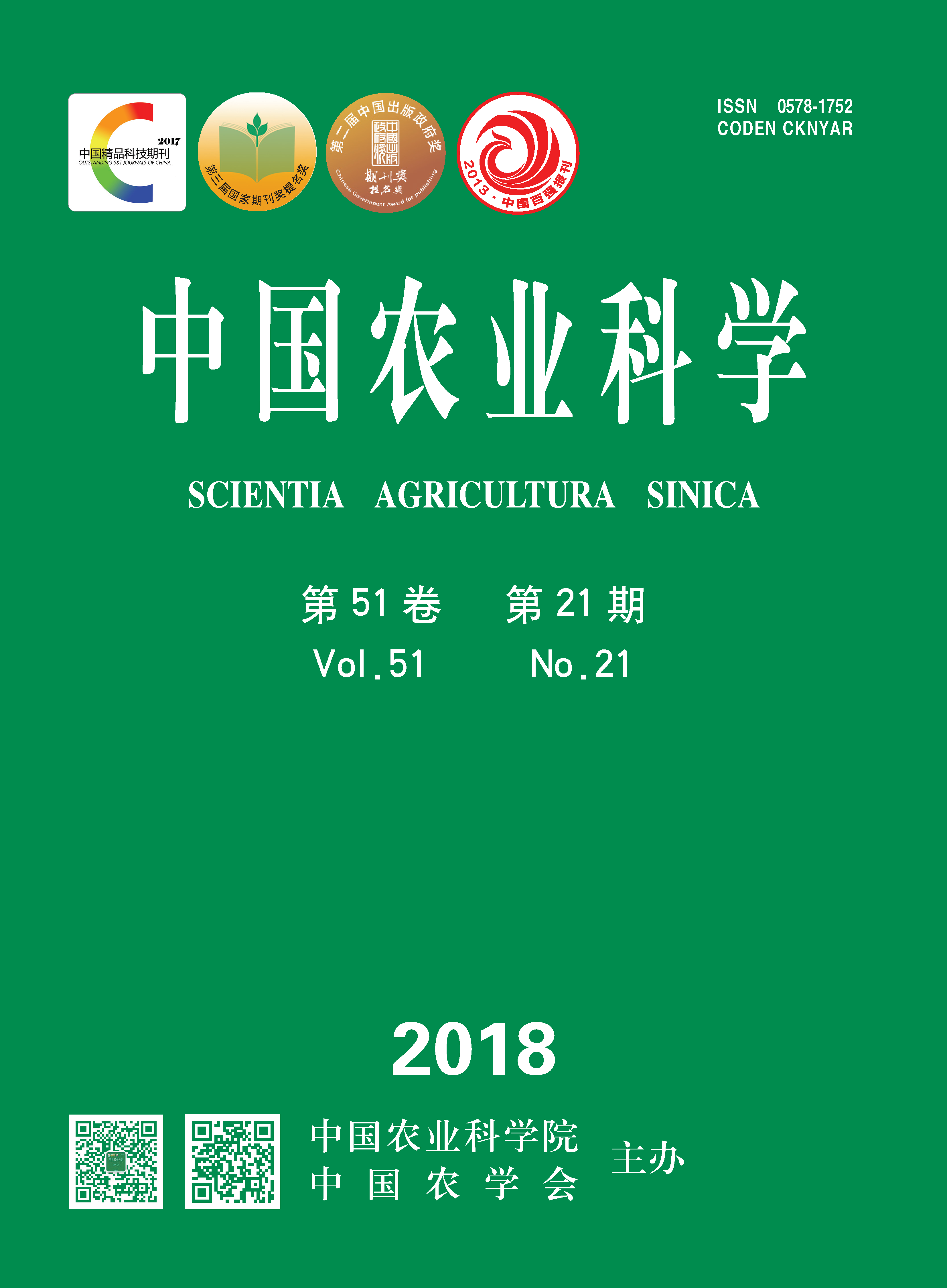【Objective】The data of 1 247 “3414” field experiments, conducted in Henan Province during 2005-2013, were collected in this paper to evaluate effects of nitrogen (N), phosphorous (P) and potassium (K) fertilizer application on wheat yields, economic benefits and fertilizer use efficiencies under different soil fertilities, aiming to clarify the response of fertilization effect to different soil fertilities, and to provide reference for reasonable fertilizer application. 【Method】The five treatments, including N0P0K0, N0P2K2, N2P0K2, N2P2K0 and N2P2K2, were chosen. According to the wheat grain yield of N0P0K0 treatment, the soil fertilities were classified into four grades: <3.0 t·hm -2, 3.0 to 4·5 t·hm -2, 4.5 to 6.0 t·hm -2, and >6.0 t·hm -2. The yield responses to N, P and K fertilizers, gross income, fertilizer profit, input-output ratio, and the agronomic efficiency (AE), partial factor productivity (PFP), the fertilizer contribution rate (FCR) and contribution rate of soil fertilities were also compared. 【Result】Compared with N0P0K0 treatment, the wheat yields with fertilizer application were increased significantly, and the yield increase and yield increase rate showed a significant downtrend with increasing soil fertilities. The yield increase rate of NPK and N, P, and K fertilizers application were 126.07%, 75.98%, 24.93% and 17.73% under soil fertilities <3.0 t·hm -2, respectively, while which were 24.35%, 15.39%, 10.36% and 8.70% under soil fertilities >6.0 t·hm -2, respectively. The gross income, fertilization cost, fertilizer profit and input-output ratio of all treatments increased with the improvement of the soil fertilities level. The gross income and fertilizer profit of NPK treatment was the highest under the soil fertilities >6.0 t·hm -2, which were 19.64×10 3 yuan/hm 2 and 18.24×10 3 yuan/hm 2, respectively; the gross income and fertilizer profit of -N treatment was the lowest, under the soil fertilities <3.0 t·hm -2, which were 8.52×10 3 yuan/hm 2, 7.87×10 3 yuan/hm 2, respectively. In terms of fertilizer use efficiency, the AE and FCR generally decreased when the soil fertilities improved. The contribution rate of soil fertilities was 63.72% averagely, and increased with the increase of the soil fertilities, the contribution rate of soil fertilities of different soil fertilities (<3.0 t·hm -2, 3.0 to 4.5 t·hm -2, 4.5 to 6.0 t·hm -2, and >6.0 t·hm -2) were 43.57%, 57.80%, 70.29%, and 80.34%, respectively. The FCR of the NPK treatments or N, P and K fertilizers decreased with the increase of wheat yield under the CK treatment or corresponding fertilizer omission treatment, indicating that enhancing soil indigenous fertilities could reduce the yield dependence on chemical fertilizers. 【Conclusions】Improving soil fertilities could increase the yield and income of wheat, reduce the dependence of wheat yield on chemical fertilizer application. Therefore, it was important to improve the soil fertilities, and apply fertilization rationally according to soil fertilities levels to ensure high and stable yield, increase fertilizer profit, and improve the fertilizer use efficiency in wheat production in Henan Province.









